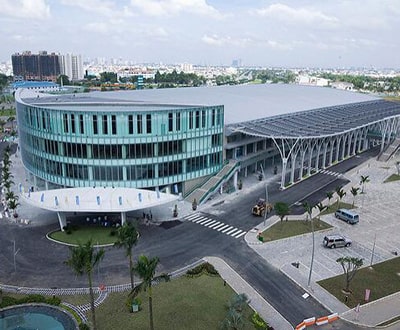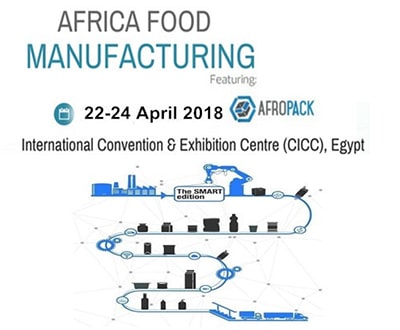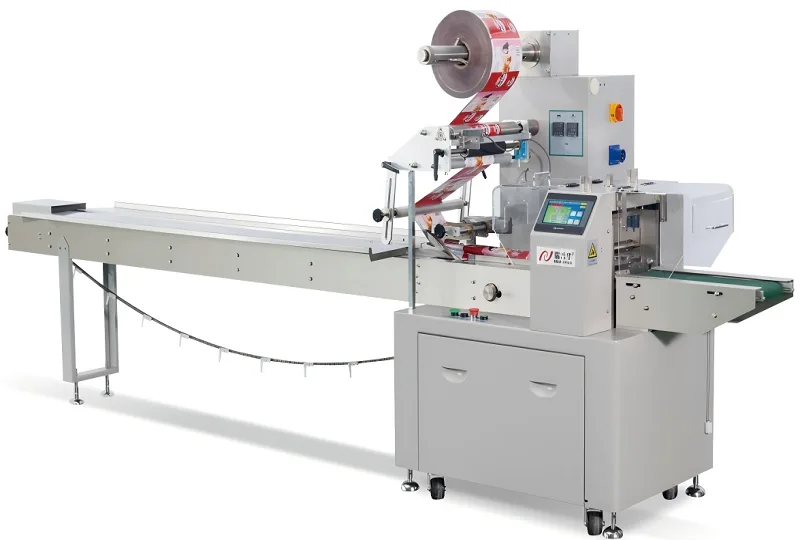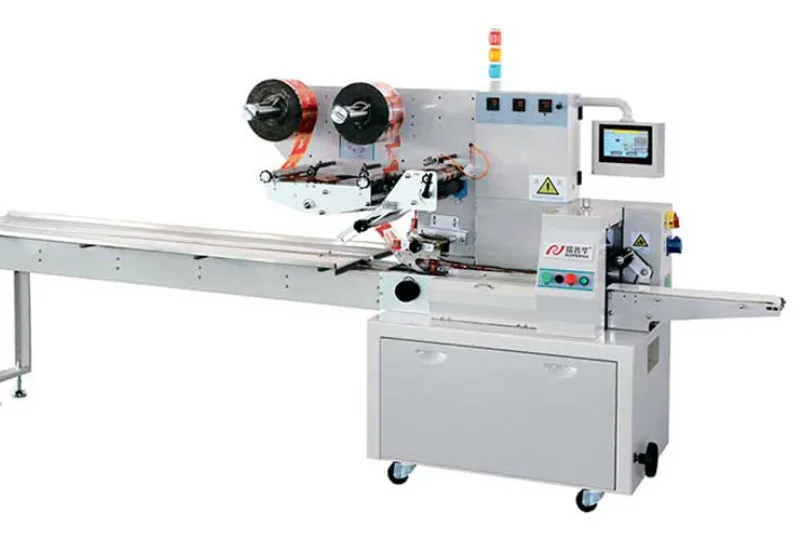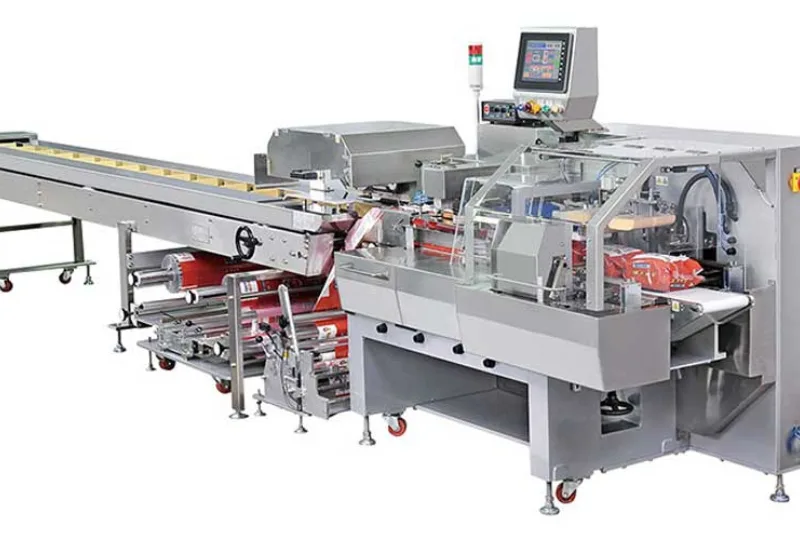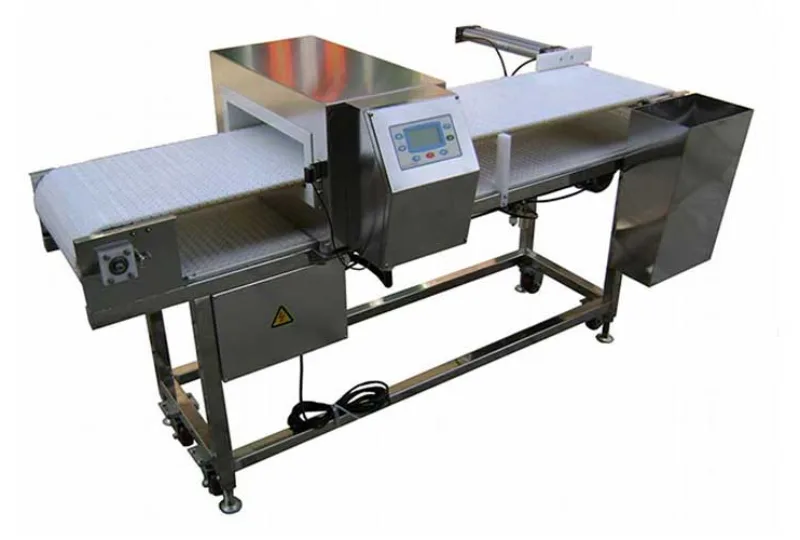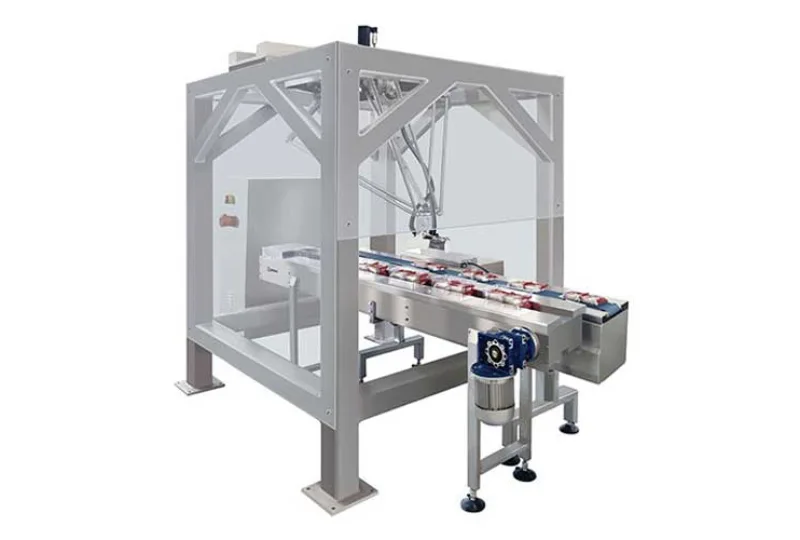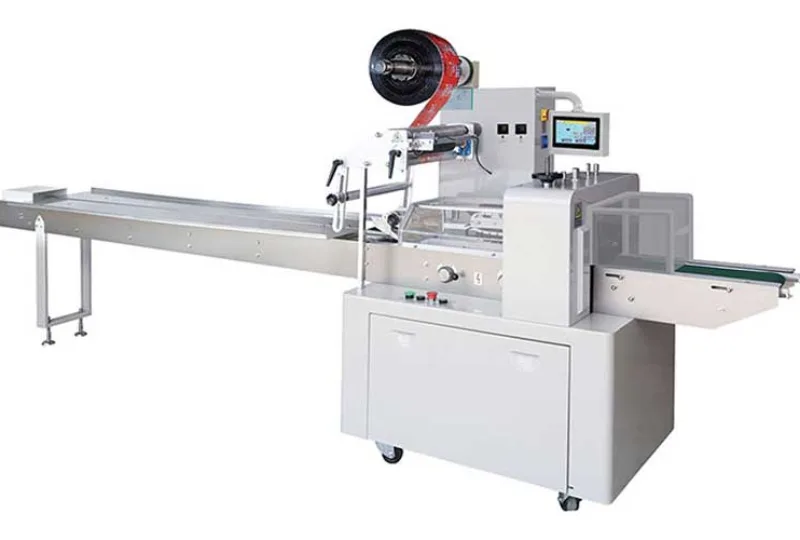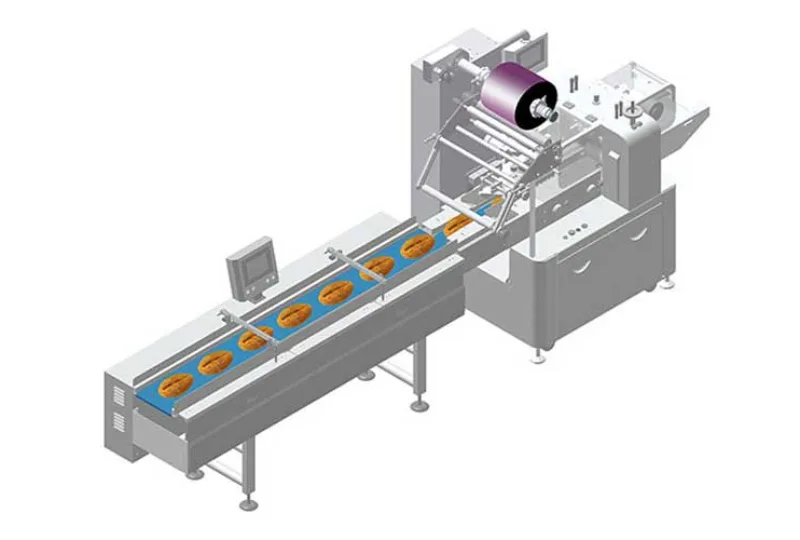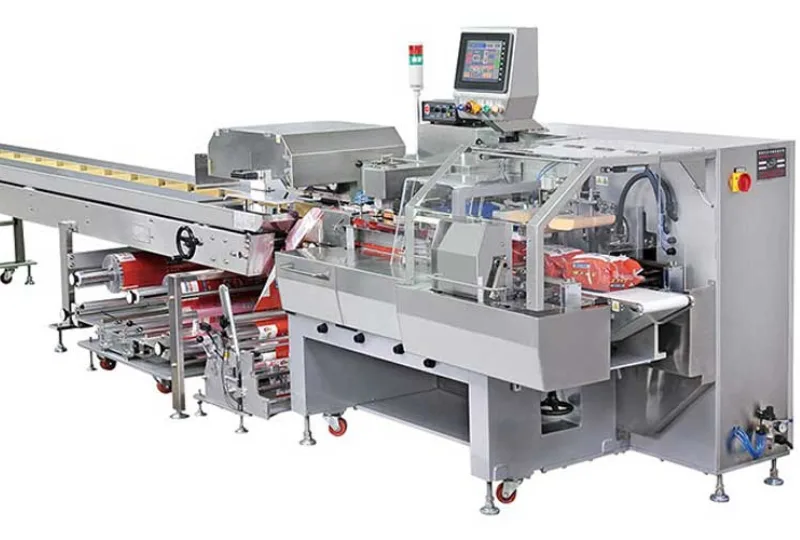The Evolution of Flow Wrap Packing Machines Over the Years
Flow wrap packing machines have revolutionized the packaging industry, automating the process of wrapping products in flexible film. Over the years, these machines have undergone significant advancements, leading to increased efficiency, functionality, and affordability. This article traces the fascinating evolution of flow wrap packing machines, highlighting key milestones and innovative features that have shaped their development.
Early Beginnings: Manual to Semi-Automatic Operations
The earliest flow wrap machines were manually operated, requiring human intervention to feed products and initiate the wrapping process. As demand for packaged products grew, semi-automatic machines emerged, integrating mechanical components to assist with film feeding and sealing. These machines increased productivity but still required significant manual labor.
Automation Revolution: From PLC to Servo Control
The introduction of programmable logic controllers (PLCs) marked a turning point in flow wrap machine automation. PLCs enabled precise control over machine movements, allowing for more efficient and consistent wrapping. Subsequently, servo motors replaced traditional mechanical drives, providing greater precision and speed. This led to significant improvements in packaging quality and uptime.
Advanced Features: Enhanced Functionality and Efficiency
Flow wrap packing machines have evolved to incorporate a range of advanced features that enhance their functionality and efficiency. These include:
– Inline labeling: Integrated labeling systems apply labels directly to products during the wrapping process, eliminating the need for separate labeling operations.
– Product handling attachments: Conveyors, indexers, and grippers are used to facilitate precise product orientation and handling, ensuring consistent package quality.
– Intelligent control systems: HMI (human-machine interface) touchscreens provide intuitive machine operation and real-time monitoring. Predictive maintenance features alert operators to potential issues before they occur, minimizing downtime.
Sustainability and Cost-Effectiveness
In recent years, the emphasis on sustainability has led to the development of flow wrap machines that use biodegradable and recyclable films. Additionally, advancements in motor technology and energy-efficient components have reduced overall operating costs.
The evolution of flow wrap packing machines has been a transformative journey, characterized by continuous advancements in automation, functionality, and sustainability. From humble beginnings as manually operated devices to sophisticated automated systems, these machines have played a vital role in revolutionizing the packaging industry. As technology continues to advance, we can expect even more innovations that will further enhance the efficiency, versatility, and environmental friendliness of flow wrap packing machines.
-
01
Automatic Tray Loading and Packaging Equipment: Boost Efficiency to 160 Bags/Minute
21-11-2025 -
02
Automatic Soap Packaging Machine: Boost Productivity with 99% Qualification Rate
21-11-2025 -
03
A Deep Dive into Automatic Toast Processing and Packaging System
18-11-2025 -
04
The Future of Bakery Production: Automated Toast Processing and Packaging System
18-11-2025 -
05
Reliable Food Packaging Solutions with China Bread, Candy, and Biscuit Machines
11-10-2025 -
06
High-Performance Automated Food Packaging Equipment for Modern Production
11-10-2025 -
07
Reliable Pillow Packing Machines for Efficient Packaging Operations
11-10-2025 -
08
Advanced Fully Automatic Packaging Solutions for Efficient Production
11-10-2025 -
09
Efficient Automatic Food Packaging Solutions for Modern Production
11-10-2025 -
10
Advanced Automatic Packaging Equipment for Efficient Production
11-10-2025



